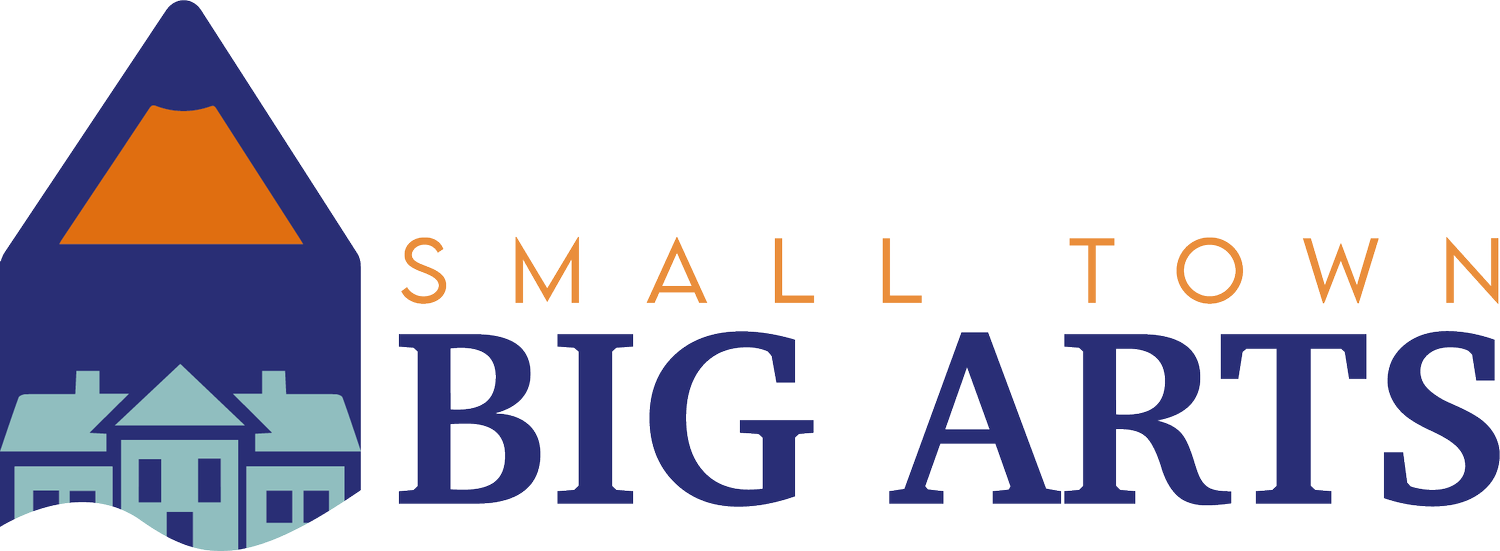Border Arts Corridor: Douglas, AZ (pop. 16,531)/ Agua Prieta, Mexico (pop. 73,303)
I have spoken with a wide range of smaller community arts organizations since launching Small Town/Big Arts. I have interviewed leaders delivering the arts in the farmlands of Wisconsin, in the mountains of Kentucky and even on the Alaskan coast. In Season 1 Episode 8 we continue to examine the complex beauty of small town arts delivery in America when we speak with the leaders of a unique organization based in Arizona but whose mission operates transnationally.
Border Arts Corridor (BAC) was founded in 2015 as an arts organization located in Douglas, Arizona. BAC recognized a need for an arts organization dedicated to telling the narrative of those who create art within their unique border community.Since their founding, they have prioritized serving their dual communities of Douglas, AZ and Agua Prieta, Sonora in Mexico. They do so by creating art installations, workshops, and programming for individuals on both sides of the border.
What I love about BAC ( https://www.bacaz.org/ ) is that they like many of the success stories we share here has an identity intertwined into that of the community they serve. I don’t live in a border community but I hear a lot about the border as many of us do. The Mexican/American border is highly politicized and like anything that politics gets a hold of, the story is more complex and the people involved are like you and I in more ways than they are different. They have people to serve through the arts, artists to elevate, bureaucratic systems to navigate, and a message to share.
We all have local officials to navigate in our work but BAC can add custom and border officials to their list. By serving people and artists on either side of the border their work literally transcends a border. I pose the question, what is a border? To begin it is man made and it is much more fluid than any of us outside of a border community can really understand. BAC’s Artistic Director Martina Rendon mentioned that she may cross the border up to three or four times a day. She lives in Arizona but has family and friends on the Mexican side of the border in Agua Prieta (pop. 73,303). Agua Prieta is her community along with Douglas, AZ. This dual community may seem unique to many of us in the United States but completely normal for many living on the border. This means the work needs to operate with this border fluidity as well and in turn is a reflection of this reality. BAC’s work is executed on BOTH sides of the border.
When asking founder and board President Jenea Sanchez how they navigate work on both sides of an international boarder. “We make it work,” said Jenea. When running a non-profit organization you need and want a board of directors that is reflective of the community you serve. Jenea spoke to the fact that they want to someone on the board who represents the Agua Prieta side of the border. I asked what the legalities of this are (some living in Mexico serving on an American non-profit board). “It’s complicated,” said Jenea. There are dual citizens and American citizens living on the Mexican side of the border that they will target. It does complicate the circumstances and make up of this particular board seat, but they recognize the importance of that representation. The perspective and needs of the Agua Prieta are just important as those living in Douglas, AZ. I think anyone delivering the arts in a smaller community must have their board represent the community they serve, how ever that looks.
BAC’s work creates tangible connectivity across a metal fence. The fence divides the two communities they serve but the two communities are actually quite linked. They are linked culturally and economically. Their artist residency and Bi-national Arts Walk move back and forth across the border.
One of BAC's main projects is the Border Biennial, a large-scale exhibition that brings together artists from both sides of the border to showcase their work. The Border Biennial aims to break down stereotypes and promote understanding by highlighting the diverse perspectives and experiences of those who live and work along the border. The exhibition features a wide range of media, from painting and sculpture to photography and video installations.
Another project that BAC is involved in is the creation of public art installations that engage with local communities. These installations are often created in collaboration with local artists and residents and aim to reflect the unique culture and history of the area. One recent example is the "Migrant's Altar," a public art installation that honors the lives of migrants who have lost their lives trying to cross the border.
BAC also hosts educational programs and workshops to help young people develop their artistic skills and promote cultural exchange. These programs often focus on creating opportunities for youth to connect with their heritage and learn from artists and educators from both sides of the border.
Overall, BAC's projects aim to use the power of art to create meaningful connections between people from different communities and promote understanding and empathy along the border. I strongly encourage you to use them as an example of gumption and ingenuity. Even if you are not in a border community, their work is an example of how to connect deeply to your community and navigate the local politics and bureaucracy of your community.

